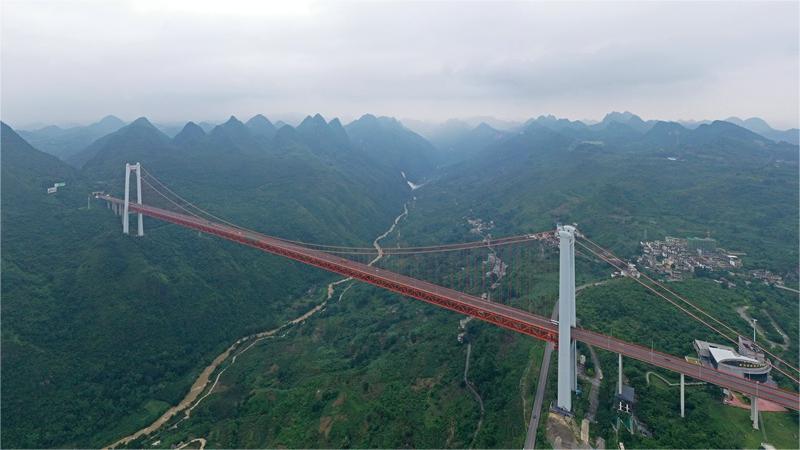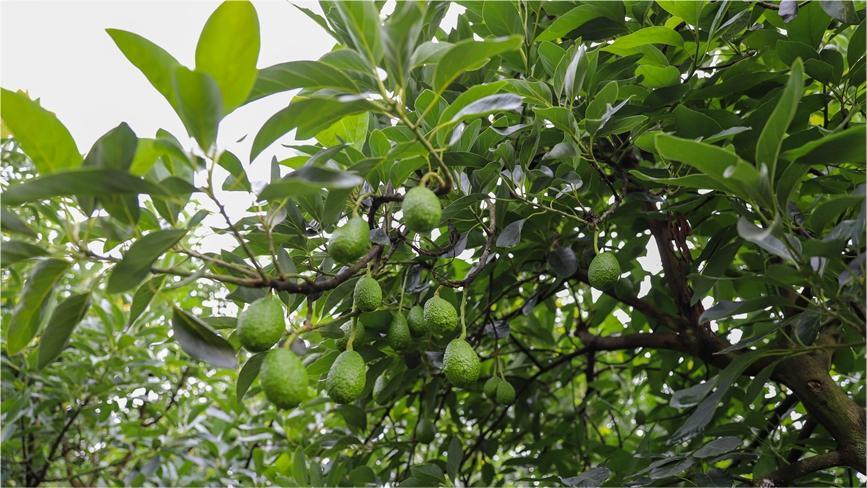Chinese and French researchers complete lunar radon-gas detection mission
BEIJING, July 3 (Xinhua) -- A collaborative team of Chinese and French researchers has successfully completed a mission to measure the distribution of radon gas and polonium on the moon, employing the French payload aboard China's Chang'e-6 lunar probe for the purpose, according to the Institute of Geology and Geophysics (IGG) of the Chinese Academy of Sciences.
The French payload, named Detection of Outgassing RadoN (DORN), is capable of measuring both radon gas and its decay products on the lunar surface, as well as charged particles in the space environment.
Its scientific goals include studying the origin and dynamics of the lunar atmosphere, the thermal and physical properties of lunar soil, and the movement of lunar surface dust.
He Huaiyu, co-chief scientist of the DORN from the IGG, noted that the payload equipment of the Chang'e-6 radon-gas detector had been exposed to the Earth's atmosphere for several months before launch.
It was first activated on May 6 during the lunar-orbit cruise period, some 320,000 kilometers from Earth, and worked for about 10 hours to measure the background noise of the space environment and natural pollution on the lunar surface.
On May 17, following the historic solar storms that occurred between May 10 and 11, the instrument was powered on again. It performed measurements in lunar orbit for a total of 32 hours.
"The data beamed back to Earth helped the team confirm that all 16 detectors of the radon-measurement instrument were functioning properly, obtaining data on the flux of charged particles in the solar wind and tracking their decay over time. The lunar shielding effect on these particle fluxes was also observed," said Li Jiannan, Chinese technical head from the IGG.
The DORN was restarted on May 23. It proceeded to conduct orbital measurements of radon and polonium distribution on the moon for a duration of 111 hours.
On June 2, shortly after the Chang'e-6 lunar probe landed at the designated landing area in the South Pole-Aitken Basin on the far side of the moon, the radon-gas detector began its measurements of the lunar surface. On June 4, when the ascender of Chang'e-6 took off from the moon with samples, it completed its detection mission and became a "permanent resident" on the far side of the moon.
Noting that the collaborative team worked together on the operation of the radon-gas detector at the National Astronomical Observatories of China, He said that this marks the first collaboration between China and France in the field of deep-space exploration, contributing to the success of the mission.
China's Chang'e-6 spacecraft was launched into orbit on May 3, carrying four international payloads from the European Space Agency, France, Italy and Pakistan.
The country's Chang'e-7 lunar exploration mission will carry six international scientific instruments, and Chang'e-8 will offer 200 kilograms of international payload capacity and has garnered over 30 applications, said Liu Yunfeng, deputy director of the China National Space Administration's international cooperation department on June 27.
Photos
Related Stories
Copyright © 2024 People's Daily Online. All Rights Reserved.









